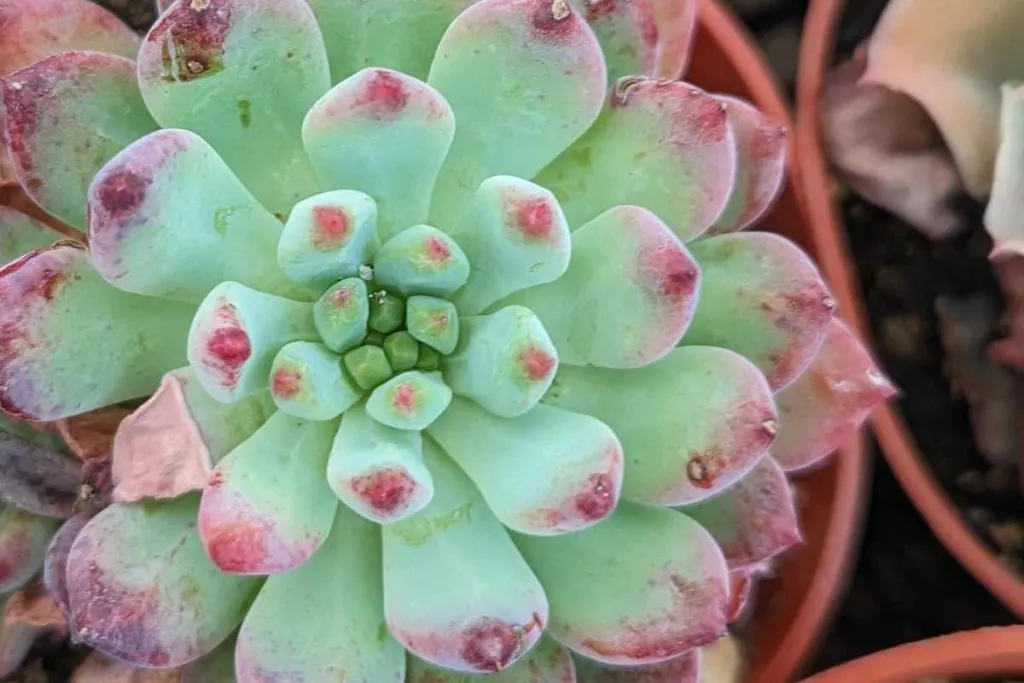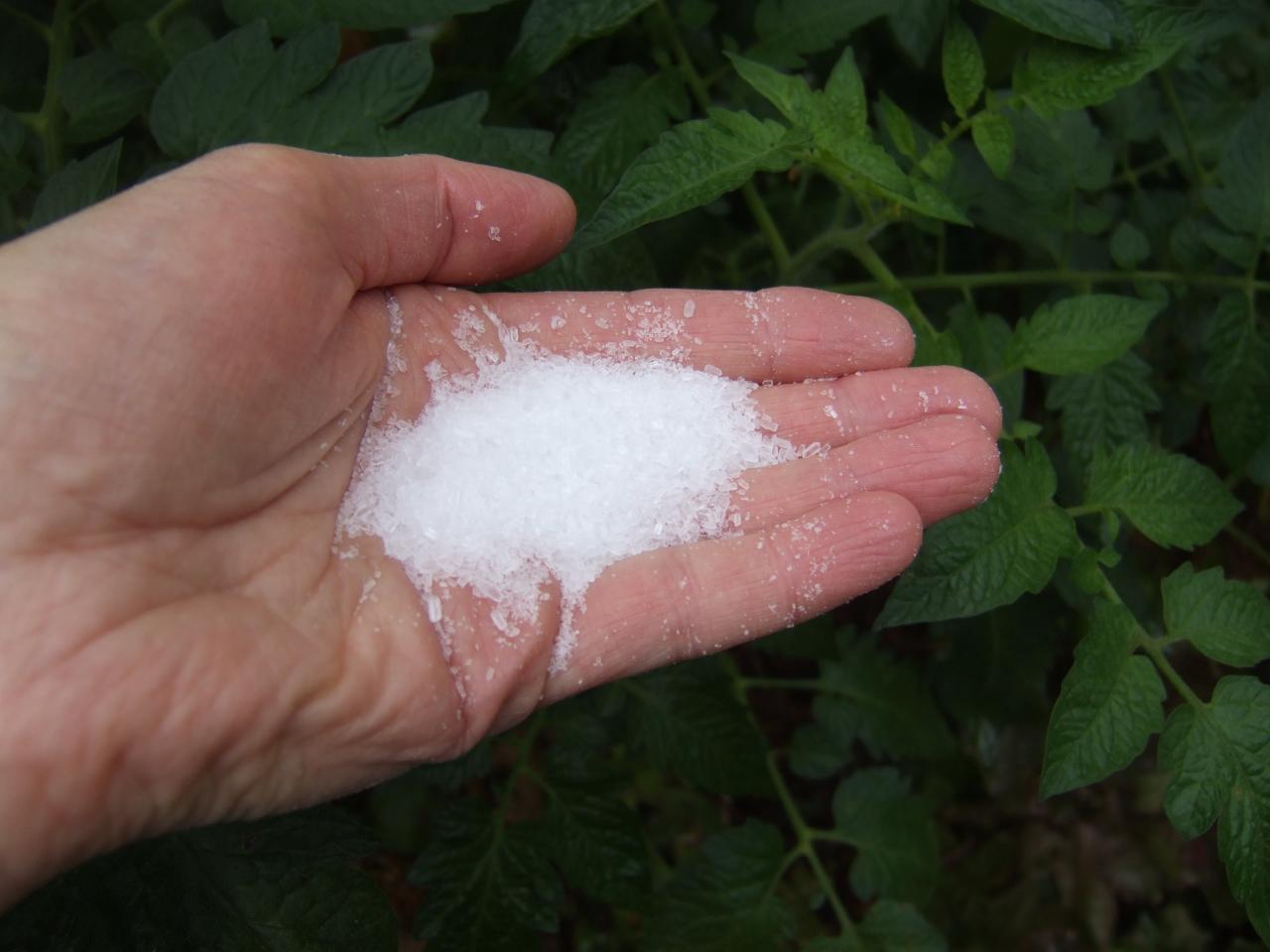Find Out About the Particular Plants That Are Detrimentally Impacted by Epsom Salt Application
Epsom salt, a preferred home treatment for different gardening concerns, is typically commended for its useful impacts on plant growth. Understanding the specific plants that can be detrimentally affected by Epsom salt is essential for any garden enthusiast looking to optimize their plant care regimen.
Roses

Roses, particularly sensitive to adjustments in their atmosphere, can be negatively impacted by the application of Epsom salt. While Epsom salt is generally utilized as a fertilizer to advertise plant growth and improve flowering, roses are just one of the plants that do not respond well to its application. The high magnesium content in Epsom salt can interfere with the uptake of other essential nutrients by the rose plants, bring about deficiencies that show up as yellowing fallen leaves or stunted development.

Tomatoes
While Epsom salt is usually proclaimed as a treatment for different plant issues, consisting of bloom end rot in tomatoes, its application can lead to destructive results if not utilized sensibly. Excessive Epsom salt, which is magnesium sulfate, can disrupt the delicate nutrient equilibrium needed by tomatoes, potentially leading to shortages in various other important nutrients like calcium. When considering the usage of Epsom salt on tomatoes, it is vital to adhere to recommended application prices and dirt screening to avoid unintended effects on the general health and wellness and performance of these cherished yard plants.
Peppers
Peppers, respected for their various shades and degrees of spiciness, can demonstrate sensitivity to unfavorable impacts from Epsom salt when not used with treatment and factor to consider for their particular dietary requirements. what plants don't like epsom salt. Peppers, coming from the Solanaceae family members, require a fragile balance of nutrients to thrive. While Epsom salt is understood to boost magnesium degrees in plants, excessive application can disrupt this equilibrium, bring about unfavorable effects on pepper plants
When peppers are subjected to high degrees of magnesium from Epsom salt, it can hinder the plant's capacity to absorb official source various other essential nutrients like calcium and potassium. This discrepancy might manifest in signs such as leaf staining, stunted development, and lowered fruit production. In addition, the extreme magnesium can change the dirt pH, additional worsening nutrient uptake problems for peppers.

Rhododendrons
Offered the sensitivity of specific plant varieties to inequalities triggered by Epsom salt, it is necessary to take into consideration the influence on Rhododendrons, which additionally require specific nutrient levels to flourish. Rhododendrons are acid-loving plants that choose acidic dirt conditions with a pH range between 4.5 and 6.0. Epsom salt, chemically called magnesium sulfate, can change the soil pH and interrupt the fragile balance of nutrients necessary for Rhododendron wellness.

To maintain the optimum growth and health and wellness of Rhododendrons, it is important to avoid the unplanned use Epsom salt and instead concentrate on giving the specific acidic dirt conditions and nutrients that these plants need for prospering.
Azaleas
These prominent blooming plants are frequently located in landscapes, parks, and gardens due to their appeal and versatility. While Epsom salt is frequently used as a treatment for magnesium deficiency in plants, its application to azaleas can have negative impacts.
Azaleas prefer slightly acidic dirt conditions, and an useful site extra of magnesium from Epsom salt can disrupt this balance, leading to nutrient discrepancies and prospective toxicity problems. The incorrect application of Epsom salt can result in stunted development, yellowing of leaves, and general decline in the health click here for more of azaleas.
Conclusion
In conclusion, it is essential to be familiar with the particular plants that can be detrimentally affected by the application of Epsom salt. Roses, tomatoes, peppers, azaleas, and rhododendrons are some instances of plants that might not profit from Epsom salt and can even suffer damage. It is crucial to research study and recognize the needs of each plant varieties prior to making use of Epsom salt as a fertilizer to ensure their wellness and health.
Comprehending the specific plants that can be detrimentally affected by Epsom salt is vital for any kind of gardener looking to enhance their plant treatment regimen. While Epsom salt is generally made use of as a fertilizer to advertise plant development and boost flowering, roses are one of the plants that do not respond well to its application.Excessive use of Epsom salt can additionally result in an accumulation of salts in the soil, leading to root damage and dehydration of the rose plants. While Epsom salt is known to increase magnesium degrees in plants, extreme application can disrupt this stability, leading to adverse effects on pepper plants.
The high salt content in Epsom salt can likewise dehydrate Rhododendron roots, triggering additional stress and damage to the plant. (what plants don't like epsom salt)